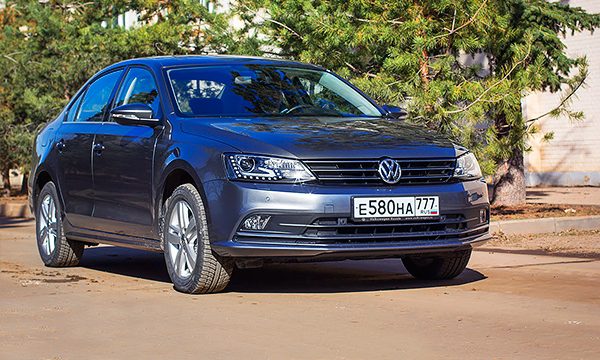
Test drive Volkswagen Jetta
The Jetta has always lagged slightly behind the soplatform Golf, but the latest update has helped narrow the gap ...
When they talk about the love of Russians for sedans, they mean a solid appearance, a huge trunk and a roomy rear sofa. But the golf-class sedans in Russia are slowly losing ground along with the entire segment. But for the Volkswagen brand in our market, it is the Jetta, and not the super popular Golf in Europe, that is the mainstay in this segment. In terms of sales in the Jetta class, it is second only to the Skoda Octavia, which can only be called a sedan.
The updated car came to the market in a difficult period, when sales collapsed, and the consumer became interested in cheaper models. But production in Nizhny Novgorod did not stop, and sales of sedans even increased in the first six months of the crisis 2015. Volkswagen could have done without this upgrade, but the aging sixth-generation sedan needed to be tweaked at least a little to the level of the seventh Golf.
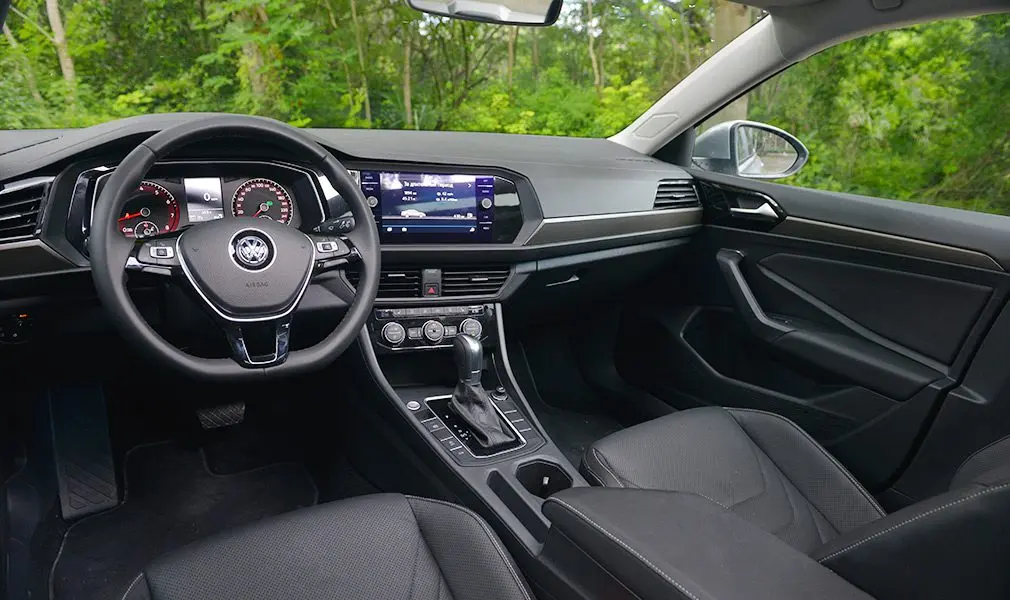
The Jetta has always lagged slightly behind the soplatform hatchback, and the sixth-generation model did not appear until 2011, when the Golf Mk6 was about to retire. The Golf VII has already switched to the modular MQB platform, and the Jetta is still wearing the old PQ5 chassis, overgrown with modern turbo engines and new electronics. Americans, who are the main target audience of the model, do not care about the nuances of the design, so the Jetta remains the same for now.
The clearest signs of modernization are the three chrome grille stripes, U-shaped LED headlights and parallel bumper air intake lines. The lanterns have become stricter, now emphasized by the red reflectors in the lower part of the stern. For a surcharge, bi-xenon headlights with swivel elements are offered. And the side sections of the fog lights, which turn on when you turn the steering wheel and illuminate the road to the left or right of the car, do not require additional payment already in the Comfortline configuration.
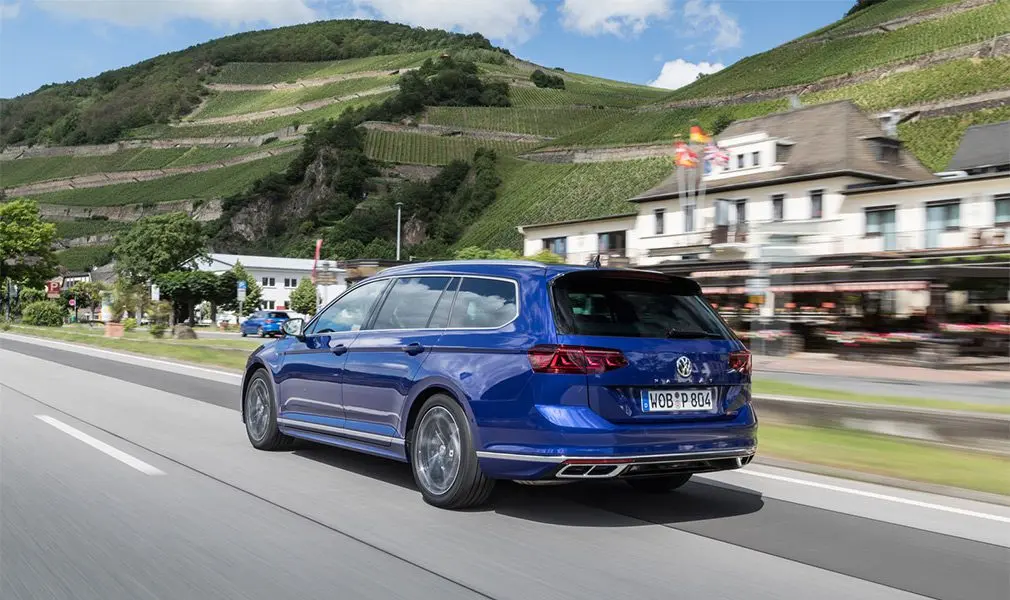
The new interior is neat to the smallest detail and now does not seem boring at all. The architecture of the panel resembles the previous one, but only with more curvaceous shapes, soft textured materials and a console slightly turned towards the driver. The three-spoke steering wheel is borrowed from the current Golf, as are the laconic instrument wells. The monochrome display of the tidy is simple, but this is enough for the driver. Finally, the new DSG gearshift lever is a beautiful, non-locked sport mode position as found on all new Volkswagen models. It is convenient and intuitive: moving the selector towards him, the driver no longer misses the "drive", and if there is a need for a lower gear, you can simply swing the lever down without pressing the unlock button. The square plastic engine start button remains the same: not only does it look foreign, it also annoys backlash.
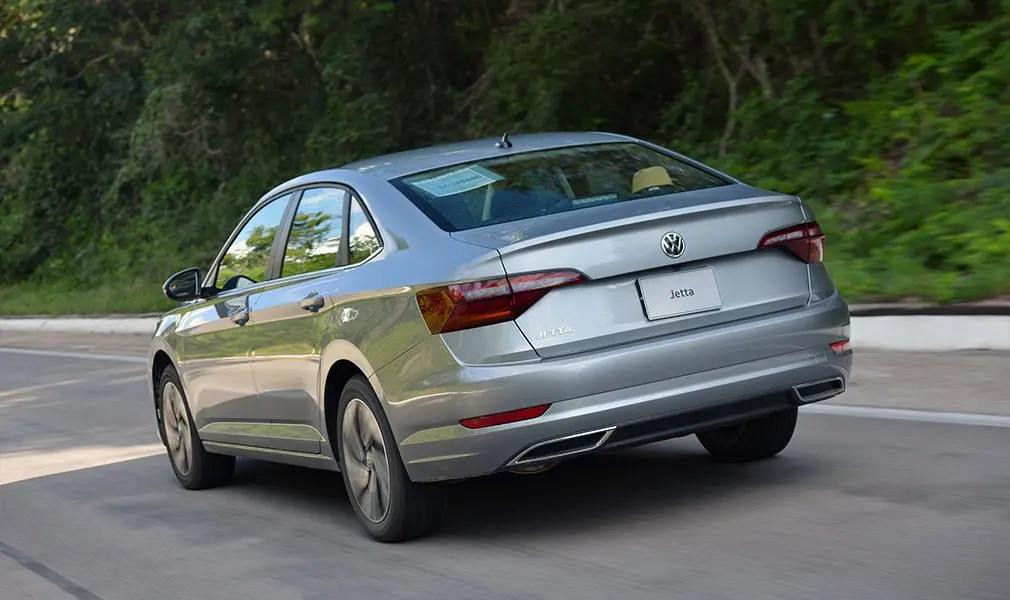
The front seats have a good profile and wide adjustment ranges. The current Golf or the previous Golf was hardly a benchmark for rear-seat space, but the Jetta is a different matter. The base is longer, and the shape of the doorway is more convenient, so a tall passenger fits into the sedan easily. Unless a very tall person will have to prop up the ceiling with his head. But even with the driver's seat completely shifted back, a whole 0,7 m remains at the passenger's disposal - quite enough to accommodate with a fair amount. But behind the backs of the passengers there is also an extensive trunk, the volume of which is most eloquently indicated by the 16-inch stowaway. A full wheel would make the 511-liter bay narrow and uncomfortable.
The modernization did not affect the range of engines, but nothing had to be changed in it. Old naturally aspirated 1,6-liter engines, which allow the company to put up a neat price tag, are exclusively Russian history. The decision is very thoughtful: these engines are chosen by 65% of buyers, some of whom even agree to the basic version with a capacity of 85 horsepower. The remaining 35% sit on turbo engines, and in most cases we are talking about a 122-horsepower 1,4 TSI engine.

The TSI badge on the rear of the sedan is like a TRP badge for an athlete. This guy will not let himself be offended - a sharp and precise sedan is briskly plowing the sleepy Moscow stream, quickly adapting the driver to his rhythm. The elastic suspension and tight seats confirm: the car does not like imposing driving. Traffic jams, like any active city dweller, she also does not tolerate. The duo of the turbo engine and DSG works impulsively, and starts from a standstill are given to the car with jerks and slippages. Compensating for a hitch when starting off (the seven-speed "robot" DSG tries to work smoothly with the clutches), the driver instinctively squeezes the accelerator even harder, and the turbo engine gives out thrust abruptly. And before accelerating from the stroke, the gas pedal must be squeezed in advance, otherwise precious moments will be spent on changing gears and spinning up the turbine. You have to get used to the nature of the power unit, but having learned how to dose traction, you go quickly and efficiently on the 122-horsepower Jetta.
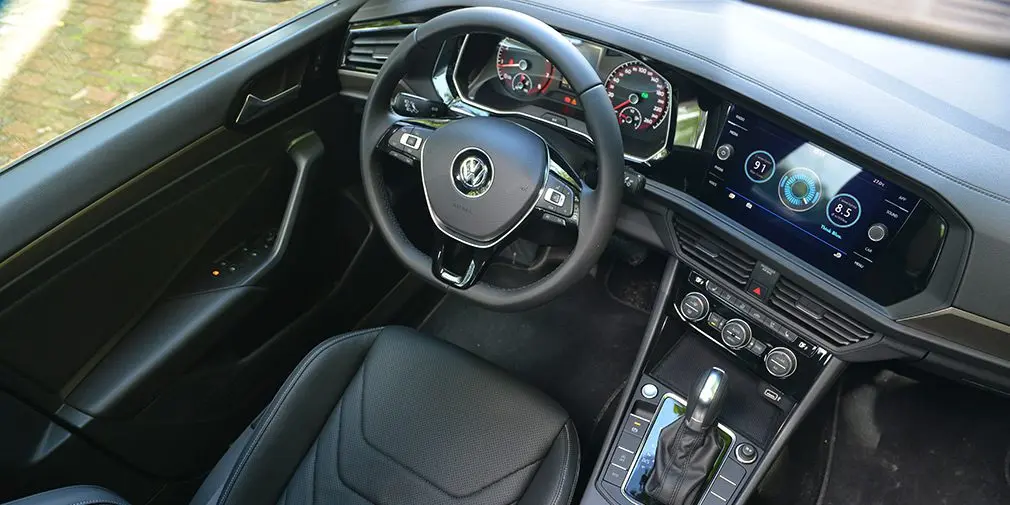
Cutting turns is a pleasure. Such exercises are easy for Golf-family cars, largely due to the complex multi-link rear wheel suspension and the perfectly tuned electric power steering. The synthesized steering effort in turns increases as expected and seems completely natural. The steering wheel is clean and transparent, and the suspension handles even large-caliber potholes and pits without breakdowns. Fortunately, the perfected handling did not noticeably affect the ride smoothness - on public roads the Jetta, although it repeats the profile of the road, does not react too actively to serious irregularities. There are no hints of swinging either - the adaptation of the chassis in this case really succeeded. Yes, and the cabin is quiet: the noise insulation seems to be no worse than that of the older Passat.
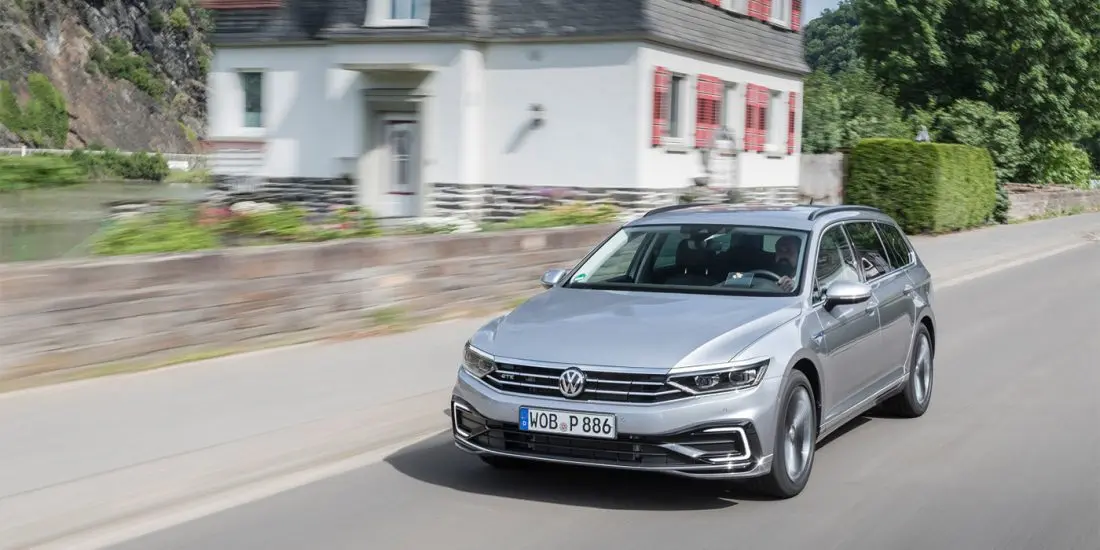
One problem: at the price of a turbo-Jetta assembled in Nizhny Novgorod, it is comparable to full-fledged business sedans like the Toyota Camry. The cost of 122-horsepower cars only starts at $ 12 for the manual gearbox version, and the DSG version is $ 610 more expensive. In a good Highline package, the price tag for a sedan approaches $ 1, and the cost of the most powerful Jetta with a 196-horsepower engine and additional equipment generally seems indecent. Therefore, the market chooses 16 naturally aspirated engines, with which the Jetta can fit into $ 095. The chassis remains great without the TSI badge, the naturally aspirated sedan rides quite adequately, and looks as fresh as the turbocharged one. And in this form it may well become an alternative to the more expensive Passat. Especially now, when the brand needs relatively inexpensive pivots.
Ivan Ananiev
